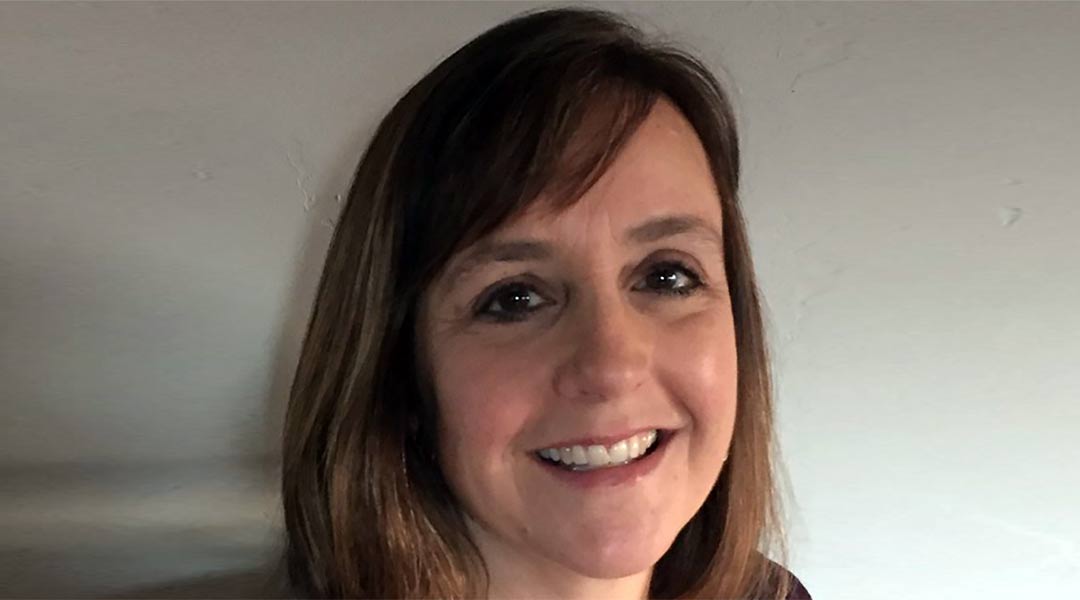Ever since Edward Jenner introduced his vaccine for smallpox in 1796, vaccines have drastically reduced or nearly eradicated diseases such as polio, whooping cough, and mumps.
Many vaccine-preventable diseases are especially difficult for very young children, and many times they end up hospitalized. Measles and Pertussis (AKA Whooping Cough) are especially difficult for babies. From a community perspective, it’s important to have a high enough immunization rate to keep our population healthy and safe. For many diseases, nearly 90 percent or more of the public need to be immunized to keep the disease from spreading.
Education is the best way to increase immunization rates. Enter Jill Johnson, Immunization Program Coordinator for the Deschutes County Health Services communicable disease program. Jill coordinates the Central Oregon Regional AFIX Project, which is designed to help clinics get more children the vaccinations they need to stay healthy. The program is a partnership with the Crook and Jefferson County health departments.
Jill took some time out of her busy schedule to tell us more about the AFIX program and how it works to help keep kids healthy:
What is the AFIX program?
“AFIX, which is a loose acronym for Assessment, Feedback, Incentives, and Exchange, is a quality improvement program designed to increase immunization rates at the provider level. To do that, we educate providers on ways to encourage parents to get their children vaccinated. Our project focusses on children who are two years old and younger, though AFIX can be used for any age group.”
Is AFIX a national program?
“It is, but we’re kind of doing it in an innovative way by implementing it locally in Central Oregon for three counties: Jefferson, Crook, and Deschutes. Doing it locally has been great for developing relationships and creating common goals for our area clinics towards making healthier and safer two years olds. It’s been really positive!”
How did the program start in Central Oregon?
“We started planning the program’s implementation back in 2014. In Deschutes County we have a pretty high vaccination exemption rate, where parents of kindergarten aged children have waived one or more vaccines for their kids. Deschutes County actually has one of the highest exemption rates in the state. Two-year old children also had low immunization rates and we were at risk for vaccine preventable disease in our community.”
How does the program work?
“The program centers on voluntary participation on the part of the clinics. We worked really hard to get their participation and provided some incentives for them such as vaccine education and clinical resources for their practices. Once we had participation, we had a meeting with each of the clinics and presented their data. In particular, we examined their immunization rates to determine where there were gaps, where the rates were not as good, and at what ages were the gaps happening. That analysis allowed us to really hone in on where there were possibilities for improvement. We also looked at what policies and practices were already in place at the clinic that supports good immunization coverage and determined if there were any gaps there as well.”
“Looking at all of that information, we then as a group came up with two strategies for each of the project years to implement at the clinic to increase their rates. Over the course of the three years they’re all going to be implementing a total of six strategies.”
“Some of the tactics around those strategies could be as simple as running their rates regularly and sharing them with their staff which has been shown to be a big motivator, as a lot of clinics didn’t know what their immunization rates were. We also looked to see if there were certain vaccines that weren’t doing as well and explored the reasons for that and how to address the issues causing it. Other tactics could be as simple as reminders for appointments, scheduling the next appointment before the patient leaves the office, identifying those kids that are due or past due for shots, and calling them and scheduling an appointment. There are many different strategies and tactics and we tried to make them specific to the needs and resources for each clinic.”
Tell me about the results of the program:
“When the project in April of 2016 with ten clinics, the average two-year-old immunization rate was 66.1 percent. By the end of two years their rates had increased to 77.5 percent. That was an increase of 11.4 percent in 24 months across the ten participating clinics. Even a one percent increase per year for a program like this is considered great, so a more than ten percent increase is huge. By the end of 2017 the three counties all had a higher immunization rate than the state average.”
If a provider/clinic wants to participate in AFIX?
“We recommend they contact the Deschutes County immunization program. We’d love to work with them!”
Anything else?
“This project has been amazing for keeping immunizations in the forefront and a priority for clinics and just helping them provide for the safety and health of their patient population. Also, the relationships that have been formed between clinics, learning from each other about what’s working and not working, and working towards a common goal, has been invaluable for the communities they serve.”
[thrive_leads id=’406′]

